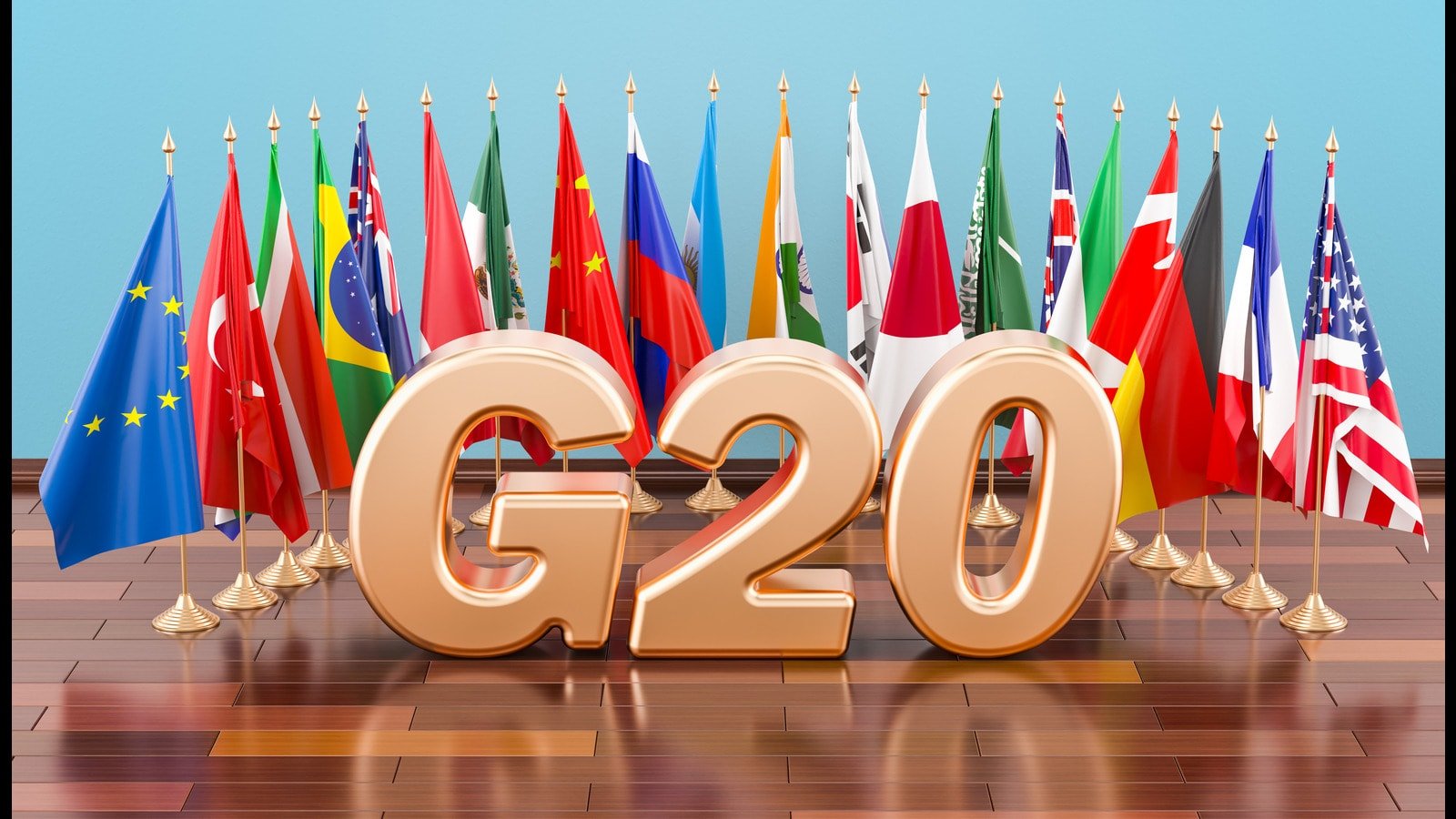Russian Oil Exports Reached Their Highest In 3-years
Russian oil exports reached their highest levels since April 2020 in visible terms in March 2023, almost three years of Western sanction. Still, revenue declined sharply from last year, on Friday reported by The International Energy Agency (IEA).


Russian oil exports reached their highest levels since April 2020 in visible terms in March 2023, almost three years of Western sanction. Still, revenue declined sharply from last year, on Friday reported by The International Energy Agency (IEA).
Russia’s oil supplies by sea increased by 8.1 mn barrels per day from 6.1 mn per day, reported by IEA. While export revenue wasn’t increasing, a Russian news agency reported, according to TASS, compared with February revenue, it rose by $1 billion to $12.7 billion. The West has imposed a butcher of sanctions against Russia since Moscow occupied Ukraine in February 2022, as well as value caps on its crude oil and European Union embargoes. And according to the Paris-based agency, they were still closely 43 percent down when collated to the previous year.

Russian crude oil retaliated exports increased by 100,000 bpd to 500,000 barrels per day, with India successfully putting back China as Moscow’s emporium in Asia in March. And its partners at the OPEC+ oil corporation dismayed the markets by proclaiming their output breaks earlier this month.
A report from IEA mentioned that oil shipment almost doubled between Feb and March to 3 Million barrels per day, destined for the EU. Despite that, IE reported sum of oil shipments from Russia had increased by 600,000 barrels per day to 800,000 barrels per day in the previous month.

On December 5, 2022, the EU imposed an embargo on maritime Russian seaborne oil that came into force from Moscow, along with a ceiling at $60 a barrel. It was agreed by the G7 and Australia, according to TASS.
Moreover, at the beginning of February 5, 2023, the EU Council officially added a restriction on the shipment of Russian petroleum products and agreed with the G7 to introduce price ceilings on Russian petroleum products of $100 per barrel by sea for premium oil and at $45 per barrel for discount, on lower-quality oil. As it is known that one of the world’s top energy producers, which is the primary source of revenue, the petroleum oil measures hope to strip Russia of its war effect.
From bringing in a negligible 1% of its entire crude oil necessary from Russia in 2021, India – the world’s 3rd largest oil supplier – has fiercely mounted up its business with Moscow, buying 25% of its crude oil from Russia in 2022 and 51% in the first Q3 of 2023. Kpler reported India is on the path to be acquiring Russian oil at a data rate of 1.9 million barrels per day for the earlier month of March.
Already, China was the peak terminus for Russian crude before the conquering of Ukraine, but it has raised its reliance on Moscow and now buys 36% of its oil from Russia, up from 25% in 2021. China has endured one of Russia’s nearest allies throughout the war in Ukraine. At the same time, India stepped on an exquisite tightrope of neither enfolding Moscow nor completely censuring during Mr Putin’s invasion. Also, New Delhi strongly withstands compulsion to join the West in staggering economic sanctions, declaring it had to put its domestic development demands and the attentiveness of its first own people.

The Independent stated that Russian oil import was “good for the [Indian] economy,” Sanjay Kumar Kar, professor of the Rajiv Gandhi Institute of Petroleum Technology, mentioned. Meanwhile, Russia is profiting from the oil-concentrated requirements of India and China as the biggest evolving nations, it “aims to return to pre-war oil sales volumes”. Indifferent words, it’s a win-win situation for both sides.
However, the value cap alliance has crashed to plug a crucial implementation gap in the Pacific export from Russia’s Eastern ports to China, where value benchmarks for Russian oil have continued above the cap level for most of the time since the policy was introduced, he said.

India, the recent G20 host, has struggled to bridge the deep divisions between significant economies over the Ukraine war. A meeting of G20 foreign ministers in Delhi previous month disagreed on a joint communique.
In September, Delhi will host the prominent leaders’ discussion of the G20 calendar. This occasion could put Mr. Putin and China’s Xi Jinping in the same space as the US’s Joe Biden and additional Western leaders.
“Consumers currently under siege from inflation will suffer even more from higher prices, especially in emerging and developing economies,” the reported by IEA, reports developed nations.
The cuts total 1.7 million bpd and come on top of a reduction of two million bpd that the G7 decided in November.
The IEA said the action risks “aggravating an expected oil supply deficit” in the 2nd half of the year.
Oil prices have risen since the announcement. Crude prices have been declining in recent months after flying following Russia’s attack of Ukraine the previous year.
“Consumers currently under siege from inflation will suffer even more from higher prices, especially in emerging and developing economies,” mentioned by IEA enlighted developed nations.
The cuts total 1.7 million bpd and rise on top of a reduction of 2 million bpd that the G7 agreed in November. The IEA reported that the move threats ” aggravate an expected oil supply deficit” in the 2nd half of the year.

The paper analysis history of oil production in Russia, since 2016, including the OPEC+ agreements impact, after that observes at the short-term outlook to 2025 rom subsisting assets and familiarity with new fields.
It then evaluates the potential of several unknown areas for production growth, namely increased production from subsisting assets using secondary and tertiary recovery techniques. The potential for grown output from Russia’s seaward areas and the evolution of the biggest resources in the Russian Arctic.
We also contemplate the possible substitutes in the tax regime that might uplift development in all these places before that conclusions on the likely drivers of Russian crude oil production through the adjoining decade and beyond.






